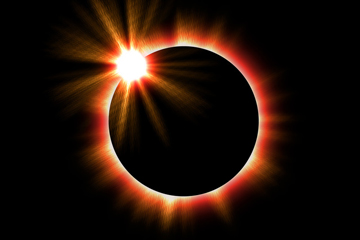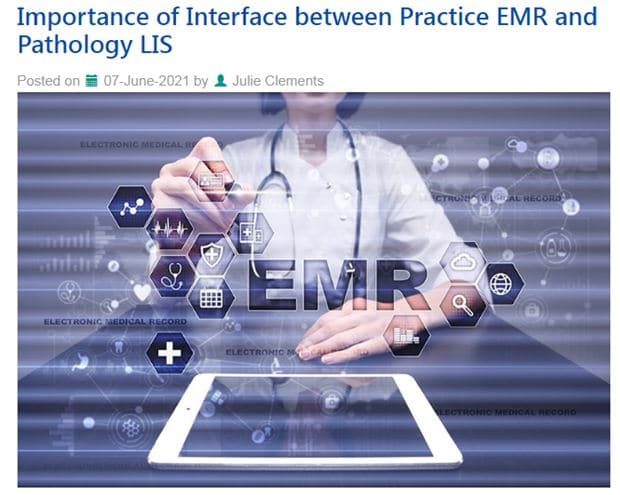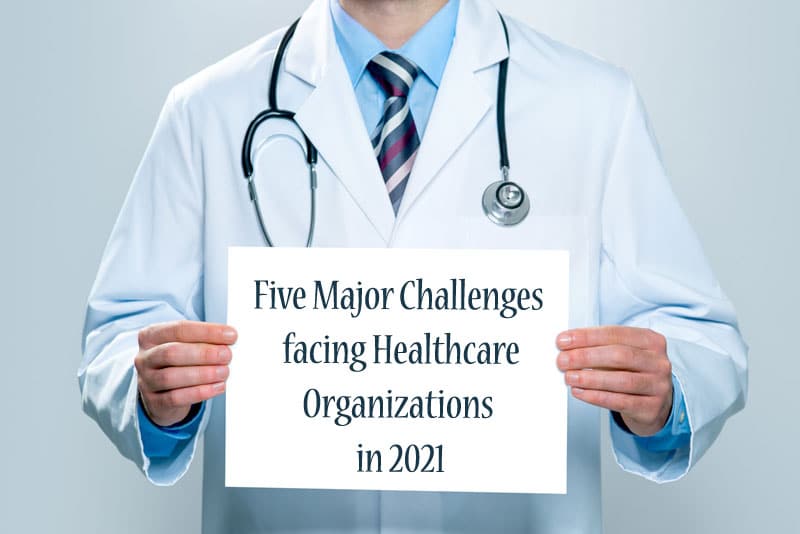 On Aug 21, 2017, a total solar eclipse referred to as The Great American eclipse was visible across North America, across 14 states from Oregon to South Carolina. This eclipse that occurred for the first time in 99 years created massive traffic jams as an estimated 12 million people headed to the 70-mile wide path during the day of the event. Eye care professionals were also busy as more and more people consulted them regarding eye safety considerations related to solar eclipse. As a medical transcription company serving ophthalmologists among other specialty doctors, we know that this is a typical occasion when eye doctors would be warning their patients about solar retinopathy, a serious condition that develops from direct sunlight exposure.
On Aug 21, 2017, a total solar eclipse referred to as The Great American eclipse was visible across North America, across 14 states from Oregon to South Carolina. This eclipse that occurred for the first time in 99 years created massive traffic jams as an estimated 12 million people headed to the 70-mile wide path during the day of the event. Eye care professionals were also busy as more and more people consulted them regarding eye safety considerations related to solar eclipse. As a medical transcription company serving ophthalmologists among other specialty doctors, we know that this is a typical occasion when eye doctors would be warning their patients about solar retinopathy, a serious condition that develops from direct sunlight exposure.
Watching a solar eclipse is a memorable experience, but looking directly at the sun can seriously damage your eyes. It is highly recommended to use ISO certified solar glasses to safely view the sun before totality. A pinhole projection or video display is recommended as a reliable way to safely watch the eclipse. It is estimated that there were more than 40 million views on nasa.gov live broadcast, and multiple social platforms. Also, NASA reported that an estimated 100 million people watched livestreams and videos of the eclipse on YouTube.
10 to 20 seconds is long enough for the sun’s rays to damage uncovered or improperly covered eyes. Staring at the sun with naked eye can even cause blindness. This can even result in a condition called solar retinopathy, which is typically irreversible, and there’s no treatment for this. Short term issues that can occur include solar keratitis, which is similar to sunburn of the cornea. This condition can cause eye pain and light sensitivity, with symptoms often occurring within 24 hours after exposure. However, long-term damage to the retina in the back of the eye cannot be realized soon, until symptoms occur.
The American Academy of Ophthalmology (AAO) reminds people that ordinary sunglasses, even very dark ones, or homemade filters are not safe for looking at the sun. AAO and the American Astronomical Society have also released certain tips for safe eclipse viewing, which include:
- Do not use solar filter or eclipse glasses with signs of scratches or damage.
- Never look at the un-eclipsed or partially eclipsed sun through an unfiltered camera, telescope, or binoculars, even if you are wearing eclipse glasses or holding a solar viewer at the same time.
- Consult an expert astronomer if you want to use a special solar filter with a camera, a telescope, binoculars or any other optical device.
- The only time that you can look at the sun without a solar viewer is during a total eclipse.
- Stand still and cover your eyes with eclipse glasses or solar viewer before looking up at the bright sun. Remember not to remove the glasses while looking at the sun.
U.S. based medical transcription companies that serve eye specialists often see an increase in the mention of aspects such as “dim vision” and “blind spots in the center of vision” in the patient notes of ophthalmologists. Not surprisingly, on the day after the 2017 eclipse CBS Denver reported that optometrists and ophthalmologists across the Denver metro area saw a surge in patients complaining of eye discomfort caused by the eclipse.
Did you watch the eclipse without the proper viewing protection? If you have stared at the sun too long, note these signs of potential eye damage.
- Check whether you experience visual disturbances, such as blurriness or decreased vision in the center, color distortion, afterimages, blind spots, and vision loss, which are primary signs of retinal damage.
- Often, there are no immediate signs of eye damage after viewing an eclipse without proper eye protection. Symptoms can occur immediately, within several hours or even weeks after exposure.
- You’re probably fine, if you have a headache after watching the eclipse without any vision disturbances. Make sure to look out for any vision problems in the following days.
- Potential signs of damage include sensitivity to light, eye pain, and loss of vision in one or both eyes.
Get examined by an ophthalmologist. Eye damage will depend on how long you stared at the sun. Temporary vision problems can be treated by your doctor. You may be prescribed anti-inflammatory medications and steroids to reduce the swelling.
The next solar eclipse is in 2024, when once again ophthalmologists and other healthcare providers would be busy providing the right recommendations to people and care for those who may have unfortunately harmed their eyes.


